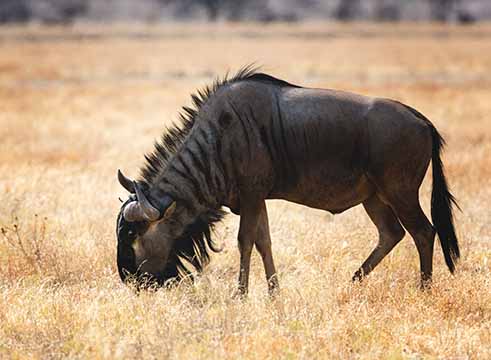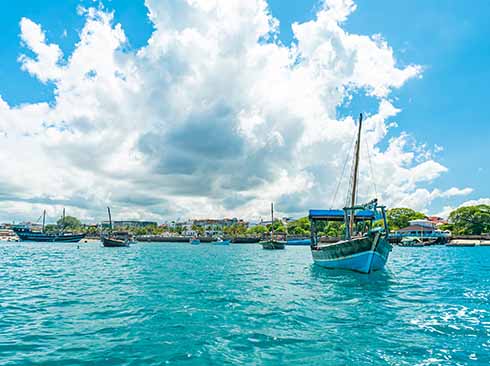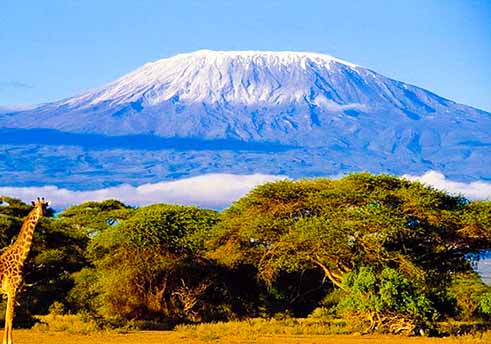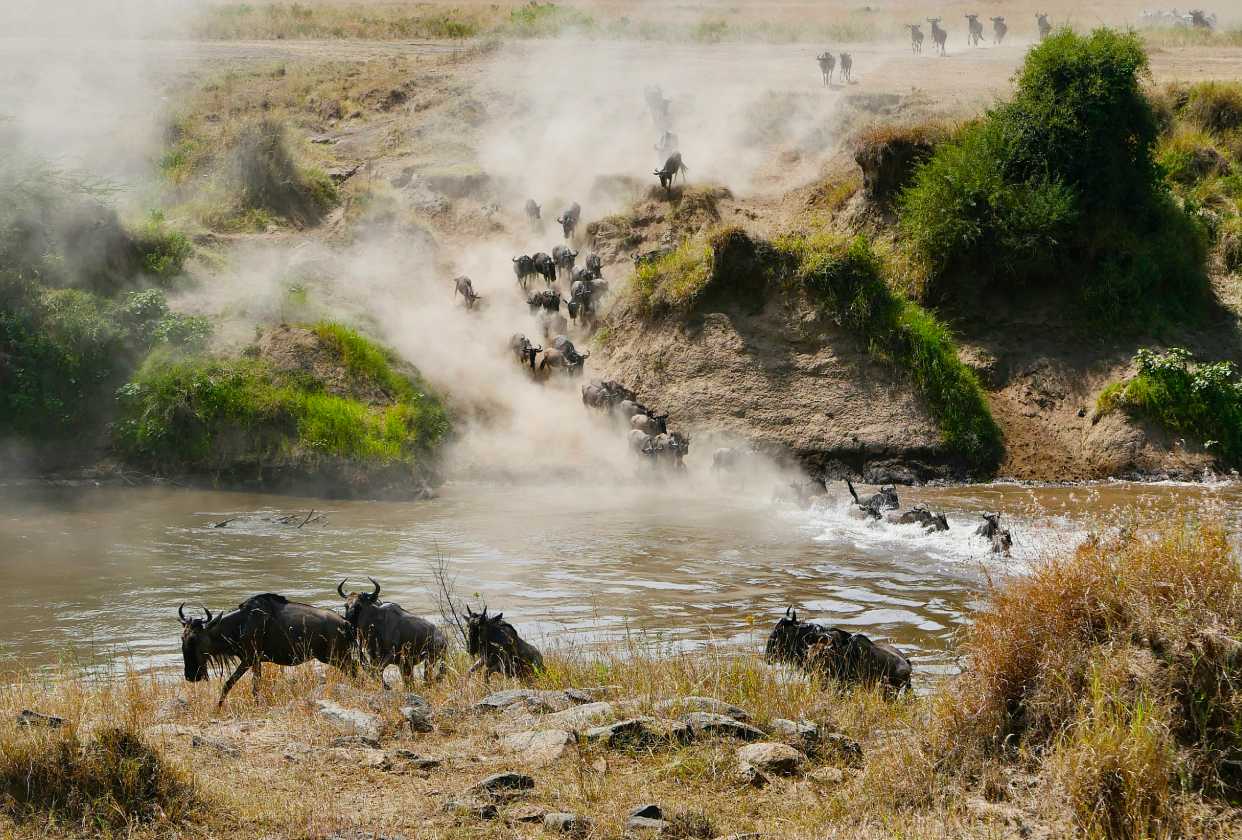The Serengeti Migration: A Safari Adventure Like No Other
Every year, millions of wildebeest, zebras, and gazelles embark on an incredible journey across the Serengeti plains in East Africa. The Serengeti Migration is one of nature's greatest spectacles, showcasing the raw power and beauty of wildlife. It’s a journey that has fascinated travelers and conservationists for generations, and it’s something you can witness firsthand on a thrilling safari adventure.
The Great Wildebeest Migration is an ongoing event that spans over 40,000 square kilometers, moving between Tanzania's Serengeti and Kenya’s Masai Mara. The journey follows the rains and is divided into key phases.
Calving Season: January to March
From January to March, the herds gather in the southern Serengeti for calving season. Around 400,000 wildebeest calves are born, providing a feast for predators but also offering stunning moments for photographers. It’s a time of both abundance and vulnerability, making it a photographer’s dream.
The Grumeti River Crossing: June to July
As the southern plains dry up, the herds begin their northward journey through the central Serengeti toward the Western Corridor. This is where they face their first major obstacle—the Grumeti River. In June and July, the herds gather at the Grumeti River, preparing for one of the most dramatic phases of the migration. Many animals fall prey to crocodiles and other predators waiting in the waters as the herds make their dangerous crossing.
The Mara River Crossing: August to October
By August to October, the herds reach Kenya’s Masai Mara, where they face their biggest challenge: crossing the Mara River. This is the climax of the migration, filled with heart-stopping moments as the herds fight the strong currents and predators lurking in the water.
The Return Journey: November
As the short rains begin in November, the herds start their journey back south, completing the circular migration and preparing for the next cycle.
The Serengeti Migration is not just a stunning wildlife event—it plays a crucial role in maintaining the balance of the entire ecosystem. The migration helps recycle nutrients, supports a variety of predators, and keeps the Serengeti ecosystem healthy. Moreover, it contributes significantly to the economies of both Tanzania and Kenya, as tourists from around the world travel to witness the event. This influx of visitors supports local businesses and communities. The migration also highlights the importance of conservation efforts to protect the Serengeti-Mara ecosystem and ensure this natural wonder continues for generations to come.
Planning Your Serengeti Safari
If you’re ready to witness this incredible natural phenomenon, here are some tips for planning your Serengeti safari:
- Choose your travel dates based on which phase of the migration you want to see. Keep in mind that the timing of the migration can vary each year due to rainfall patterns.
- Select lodges or camps that are ideally positioned for viewing the migration during your chosen time of year.
- Book with experienced safari operators who know the best spots for migration viewing while respecting wildlife and local communities.
- Bring comfortable, neutral-colored clothing to blend in with the surroundings, a good camera, and binoculars for the best viewing experience.
- Remember, you are a guest in the animals' home. Follow all guidelines to minimize your impact on the Serengeti’s delicate ecosystem.
The Serengeti Migration is a once-in-a-lifetime experience, offering an awe-inspiring view of nature’s wonders. It’s a journey that will stay with you forever, deepening your appreciation for wildlife and the importance of conservation. Ready to take part in this incredible adventure? Book your Serengeti safari on the booking section now and get ready for one of the greatest wildlife shows on Earth!







